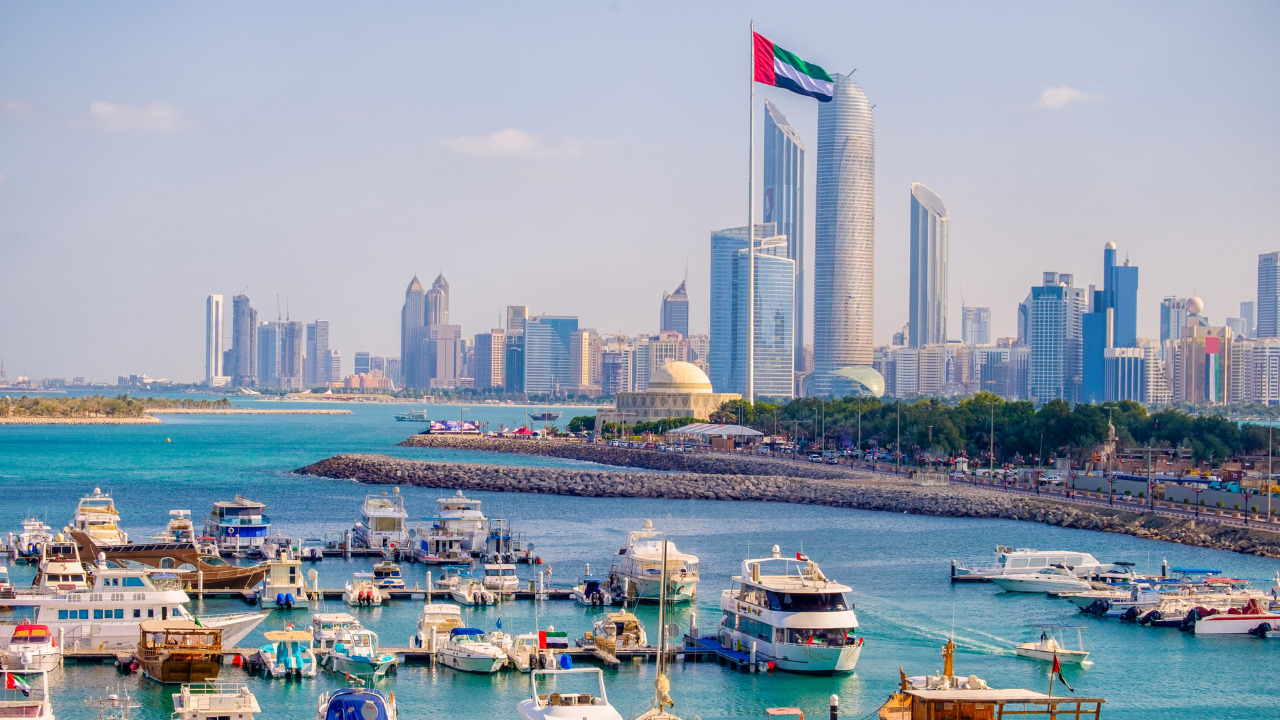Date first published: 27/01/2022
Key sectors: all; strategic infrastructure; aviation; oil and gas
Key risks: war-on-land; terrorism; cross-border attacks
Risk development
On 17 January the Huthi militia in Yemen attacked Abu Dhabi with a mix of cruise missiles, ballistic missiles and explosive-laden drones. The attack killed three civilians and injured another six after the projectiles hit an oil storage facility in the Mussafah area. The attack also hit Abu Dhabi International Airport. The attack on the airport did not cause any fatalities or significant material loss. A week later, on 24 January the Huthis targeted al-Dhafra Military Air Base in Abu Dhabi which hosts US troops. The missiles were intercepted with US-made Patriot batteries.
Why it matters
The attacks mark a strategic shift by the Huthis towards the UAE. The two have mostly avoided direct confrontation during the eight-year war, and Huthi cross-border attacks were normally directed towards Saudi Arabia which plays the leading role in the Yemen war. Although the Huthis claimed to have attacked Abu Dhabi in 2018, Emirati officials downplayed these claims. However, an attack leading to the death of civilians is unprecedented in the UAE, which has historically been regarded as a safe country.
The Huthis have demonstrated their ability to target assets deep within the UAE, and they have the intent to conduct further attacks. There is a significant risk that the Huthis will target other assets in the UAE, most notably airports and oil and gas infrastructure. Yayha Saree, the Huthi military spokesperson warned foreign companies to leave the UAE claiming the country has now become “unsafe”. Ali al-Kahoum, a member of the Huthi political department stated that “the Huthis will target other strategic assets deep in the UAE” – vowing to continue attacks on the UAE as long as it participates in the conflict.
Background
In June 2019, the UAE scaled back its involvement in the Yemen war and withdrew troops from the southern port city of Aden and on the western coast, where it had built up and armed local forces. UAE-backed forces including the separatist Southern Transitional Council (STC) and the Joint Forces have largely avoided direct offensives against the Huthis.
Recent weeks have seen UAE-backed forces, supported by Saudi-led airstrikes, inflicting strategic defeats against the Huthis. The UAE-backed Giants Brigades, a force largely made up of southern Yemenis, moved its units east to Shabwah province in late December 2021, forcing the Huthis out in less than two weeks. The Giants Brigades, along with pro-government forces are now pushing into Huthi territory in al-Bayda’, Marib and Taiz provinces.
This shift in the UAE’s stance has agitated the Huthis – the Emiratis having minimised involvement in the conflict with the withdrawal of troops in 2019. These latest attacks deep into the UAE can be viewed as retaliation for increased Emirati involvement.
Risk outlook
The attack on the UAE will likely lead to reprisals and an escalation in hostilities towards the Huthis. On 17 January the coalition targeted Huthi leaders in Sana’a and the Sana’a International Airport, believed to be a key drone and ballistic missile launch site. The UAE will likely increase its involvement in an attempt to neutralise threats on its soil. In parallel, with the UAE ramping up its support for troops in Yemen, increased and erratic Huthi activity can also be expected as they cede further territory.



